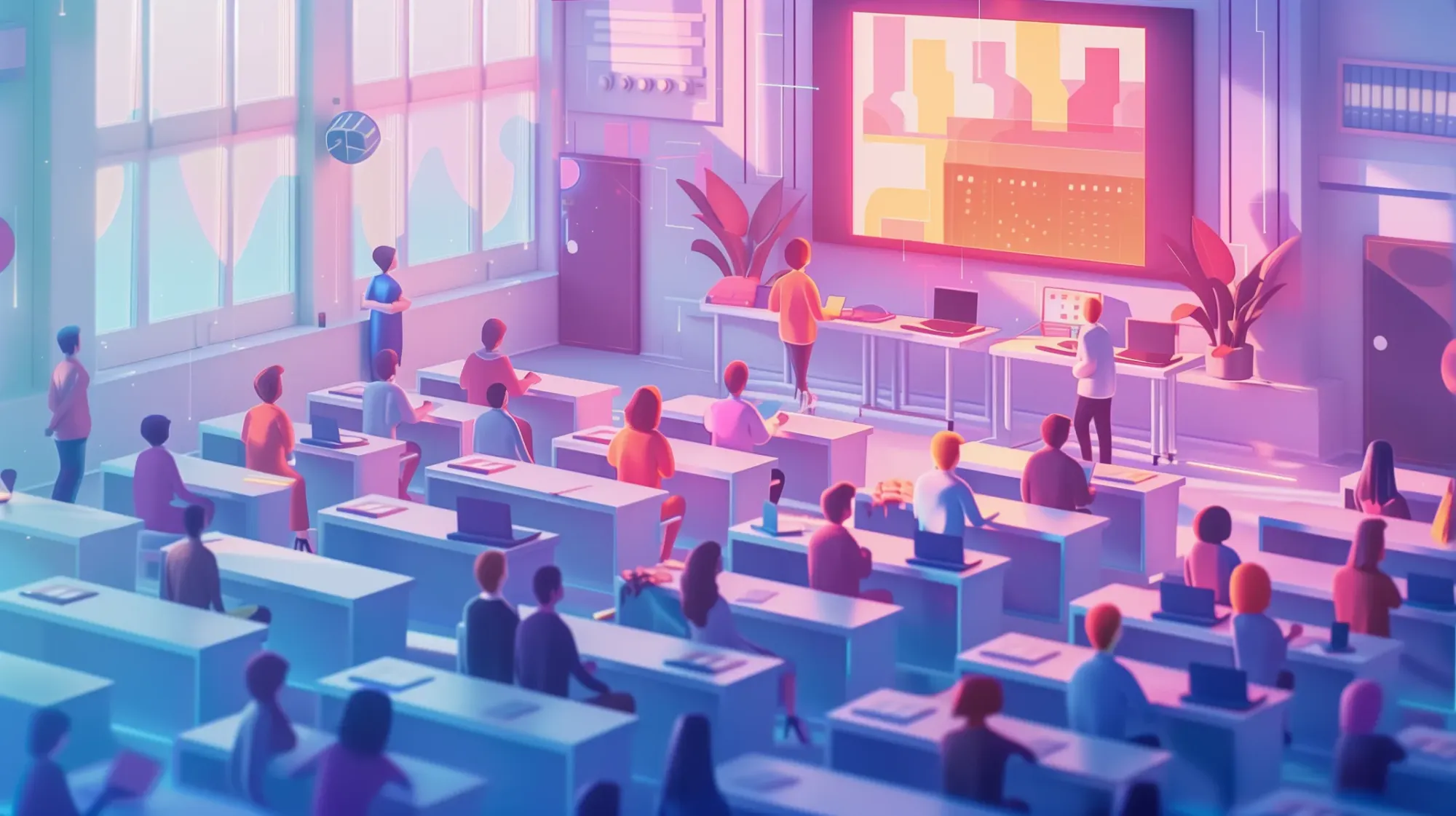AI Will Be a Job Killer, and We Are Not Ready for It
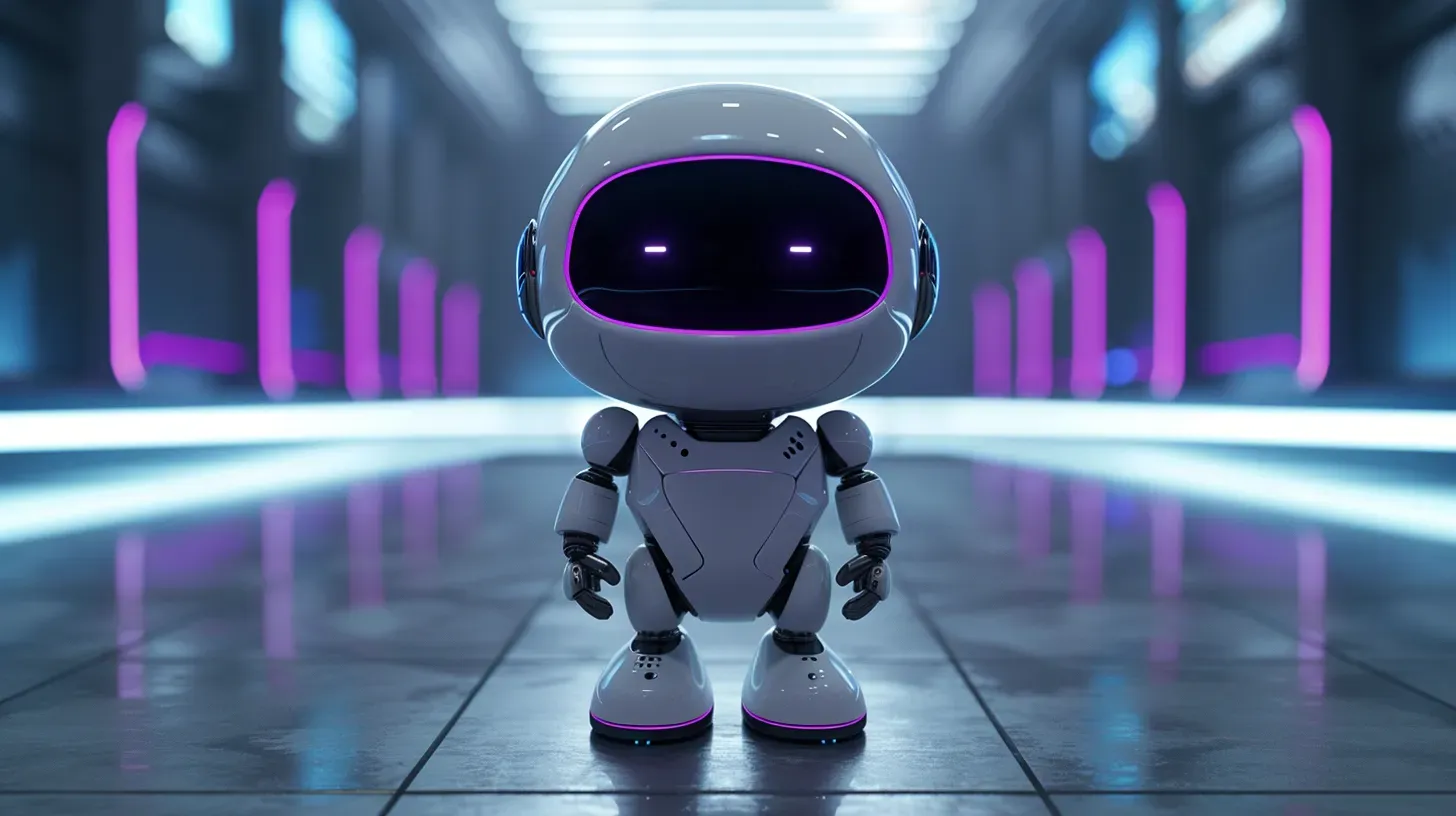
Whenever a new technology reaches the mainstream, there is extensive debate on whether it will negatively or positively impact jobs. This time, with AI, it is no different. Many claim that AI will not replace jobs. It will merely change them, it will disrupt jobs but not kill jobs, AI will only make jobs worse, and robots will not steal our jobs.
The argument goes that AI's implementation can enhance productivity and innovation, allowing humans to focus on more complex, creative tasks that AI cannot replicate. In addition, the argument goes that any disruptive technology in the past, from the printing press to the car to the personal computer, did not result in the loss of jobs but instead created more jobs. As a result, many believe that the current AI hype will lead to the emergence of new job categories, requiring reskilling and upskilling, thus generating opportunities rather than simply displacing workers.
Unfortunately, none of the above arguments are correct. AI is the first technology that humanity invented to make decisions autonomously, which means it does not need humans to decide what to do. As AI becomes more advanced in the coming decades, potentially reaching artificial general intelligence (AGI) before the end of this decade, AI will become a massive job killer and for a very simple reason: we live in a capitalist society.
Capitalism and AI

In a capitalist society, where cost efficiency and profit maximisation are the driving forces, AI's adoption will lead to significant job displacement. After all, companies are incentivised to adopt AI technologies to increase productivity, reduce human error, and, most importantly, cut (labour) costs. If there is a technology available that will reduce costs, increase efficiency and output, and therefore result in more shareholder value, for-profit organisations will always pursue that option.
This is nothing new. In the past four decades, the number of workers required at S&P 500 companies to generate $1 million in revenue has fallen from 7+ in the pre-1990 period to only 2 in 2024. This will likely continue to fall in the coming years, likely resulting in the first one-person unicorn before the end of this decade.
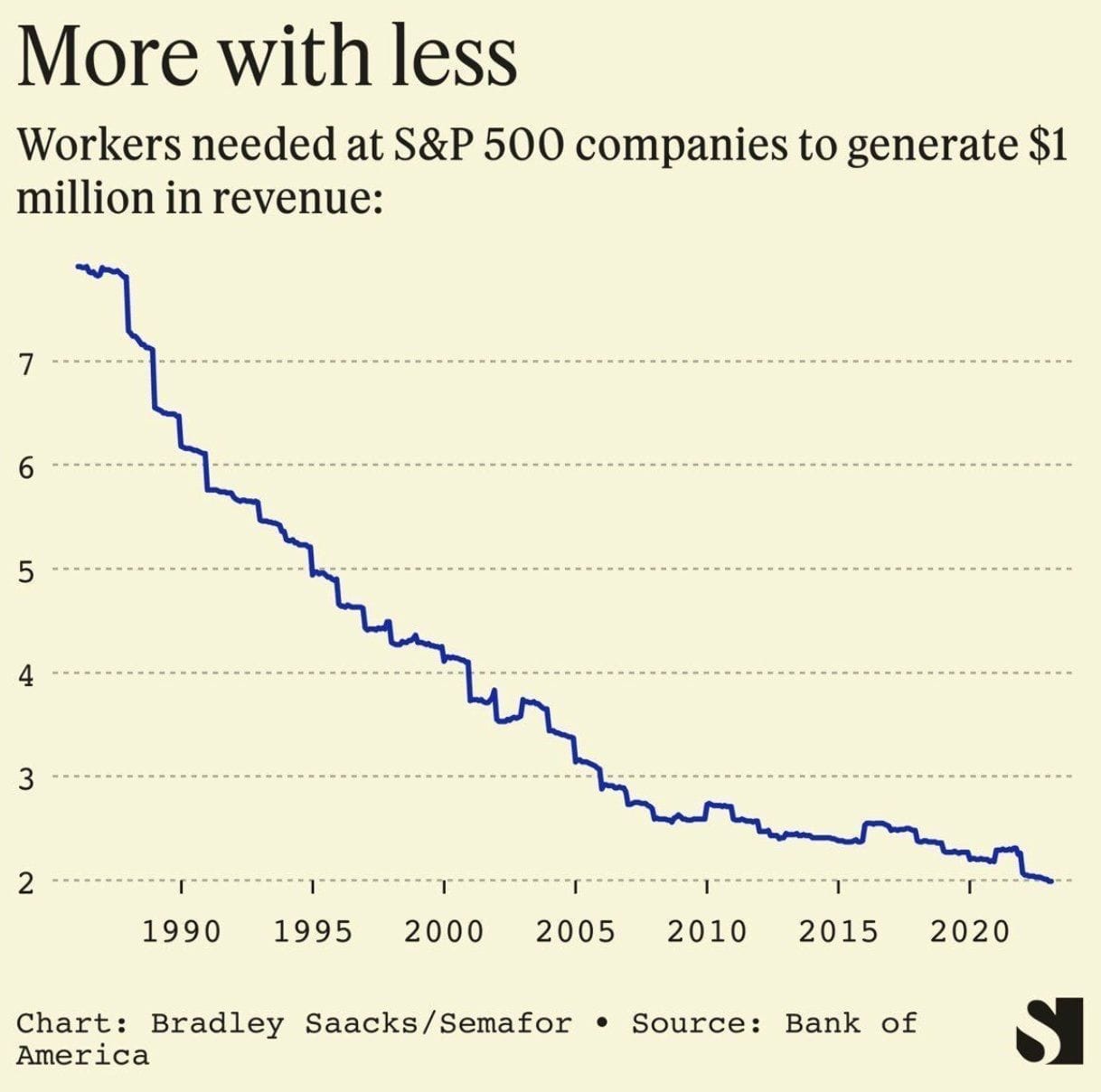
As AI systems become more advanced and capable of performing a broader range of tasks with greater accuracy and efficiency than human workers, businesses are likely to futher replace human roles with AI. First, in routine, repetitive, or hazardous jobs, but rather quickly, in more advanced jobs such as marketing, administration, programming and customer service, followed by more strategic roles.
This transition will lead to increased unemployment or underemployment in affected sectors, particularly for workers lacking the skills to transition to new roles created by AI advancements. The drive for competitive advantage in a capitalist market will exacerbate job displacement, as firms always prioritise technological adoption (or face disruption or bankruptcy, which will certainly be a job killer) to stay ahead, often at the expense of workforce stability.
Unfortunately, no society around the world, apart from Singapore, as we will see, is currently preparing for the onslaught and the massive disruption we can expect towards the end of this decade as AI will replace millions if not billions, of jobs.
Which Jobs Will Go First?
Historically, the idea has always been that AI will replace blue-collar jobs. Robots would replace warehouse and manufacturing jobs (check; dark factories are coming, and Amazon has already ‘hired’ 750.000 robots to do the heavy lifting in warehouses), replace taxi and truck drivers (not yet, as self-driving appears to be a lot harder in our chaotic world than expected, but that does not mean it is not coming), and fully automate agriculture (partial check, John Deere is working hard to bring to market fully autonomous agricultural machines, which is a lot easier than self-driving capabilities on a busy road).
With the integration of humanoids and large language models, an entirely new, artificial species will enter the workforce, further disrupting roles previously thought to be saved from AI displacements, such as hospitality work or healthcare roles. Just this week, Figure 1 revealed the integration of their most powerful humanoid with OpenAI’s ChatGPT and the outcome is amazing or terrifying, depending on your perspective:
While blue-collar jobs will continue to be disrupted and displaced by AI and robots in the coming years, it now appears that (generative) AI will dramatically affect white-collar jobs as well. Significantly more than originally anticipated. In fact, it looks like AI will whack the mediocre middle-of-office workers, as well as labour-intensive departments such as customer service, marketing and programming, traditionally perceived as safer and more stable compared to blue-collar sectors.
In the short-to-mid-term, this means that, as AI streamlines workflows, enhances efficiency and aids decision-making, junior workers and middle office workers must reskill and upskill to remain relevant, leveraging AI as a collaborative tool rather than viewing it as an existential threat. However, in the long run, it is a different story, with most jobs being replaced by AI.
AI challenges the assumption that higher education and specialised skills guarantee job security. This shift could lead to a significant socioeconomic impact, as many middle-class professionals face job loss or the need to significantly adapt their skills. More importantly, as intern and junior roles are being automated first, fresh graduates will find it harder to find a job,
Real-World Examples of Job Displacements
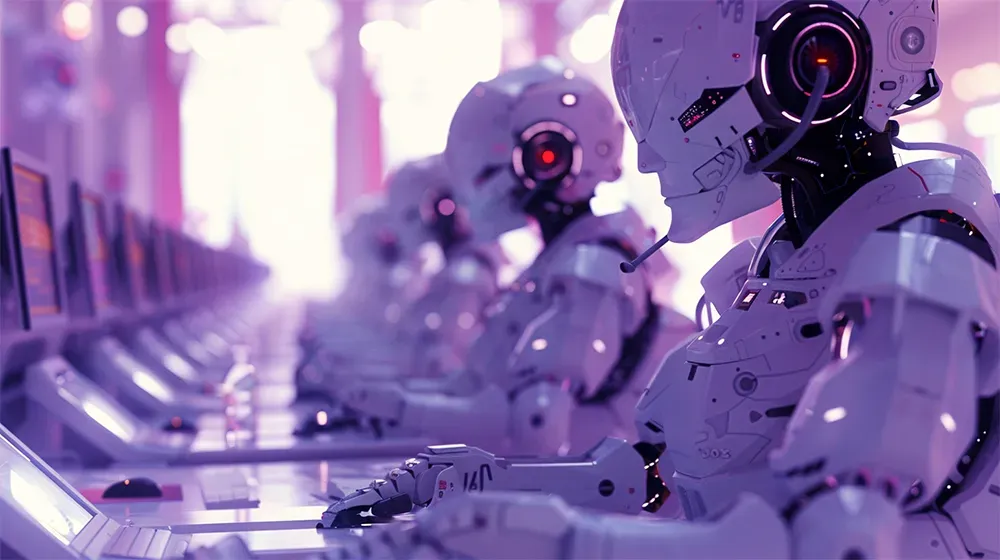
Of course, many will be quick to mark this article as another doom post that will add little value to the narrative, but I would argue that would not only be very short-sighted but also be a very unwise decision because AI is already displacing jobs, and it is only 2024. Let’s look at some examples.
Klarna Replaced 700 Workers with AI and Saves $40 Million Per Year
Klarna’s recently unveiled AI assistant heralds a new era in customer service, showcasing a blend of efficiency and global accessibility that many could only dream of in the past. Within its inaugural month, this AI powerhouse, developed in collaboration with OpenAI, has impressively handled two-thirds of the company's customer interactions, embodying the work of 700 human agents.
- The AI assistant has had 2.3 million conversations, two-thirds of Klarna’s customer service chats
- It is doing the equivalent work of 700 full-time agents
- It is on par with human agents in regard to customer satisfaction score
- It is more accurate in errand resolution, leading to a 25% drop in repeat inquiries
- Customers now resolve their errands in less than 2 minutes compared to 11 minutes previously
- It’s available in 23 markets, 24/7 and communicates in more than 35 languages
It has achieved customer satisfaction levels on par with its human counterparts and significantly reduced the need for follow-up queries, demonstrating a substantial increase in issue resolution accuracy. In other words, AI is dramatically outperforming human capabilities, and Klarna has decided to fully embrace this by firing 700 employees.
AI Coders Will Replace Programmers Within Five Years
NVIDIA’s CEO and Founder, Jensen Huang, recently shared a vision where AI's advancements render traditional coding education secondary and that AI will do most of the programming work within five years. In addition, Deepmind’s cofounder Mustafa Suleyman said earlier that AI can build and run entire businesses autonomously five years from now.
If you think that is farfetched, you might have missed this week’s news from a ground-breaking startup, Cognition AI, reshaping the software development landscape with its new AI assistant named Devin. This isn't your average coding co-pilot; it's an AI architect capable of transforming a mere prompt into a fully functional website or game.
With $21 million in funding from heavy hitters like Peter Thiel, Cognition AI is betting big on Devin's ability to navigate the complexities of software development autonomously, offering a glimpse into a future where AI doesn't just assist but leads innovation.
Creative AI: IBM's Shortcut to Marketing Mastery
IBM is disrupting their own marketing department by utilising Adobe Firefly's generative AI capabilities to create its "Let's Create" campaign. This initiative rapidly produced 200 unique advertising assets and over 1,000 marketing variations, achieving a 26 times higher engagement rate. Impressively, 20% of the engaged audience were C-level decision-makers.
However, the campaign's significance extends beyond generating eye-catching content quickly. It also emphasises ethical considerations and innovation. Firefly uses images from Adobe's stock library and open-source materials, sidestepping the copyright issues that can affect other technologies. IBM ensures the campaign maintains ethical standards and addresses potential biases in its AI-generated content while at the same time dramatically improving the output of employees, i.e. in the near future, it will likely reduce its marketing department as more and better work can be achieved with fewer staff.
As AI Improves, the Invisible Workforce Loses Its Job
Google's recent severance of an $83 million contract with Appen, a firm that supplied search raters to assess Google Search's quality, illuminates the volatile nature of outsourced tech labour, especially as AI improves.
Amidst a broader wave of layoffs and cost-cutting strategies prompted by a downturn in digital ad revenues and increased AI capabilities, this move underscores a stark reality: the precariousness of gig work in the tech sector.
Appen, significantly reliant on Google for over 20% of its revenue, was blindsided by the decision, highlighting the fragility of such partnerships as Google hints at leveraging AI and automation to bridge the gap left by human raters.
An Exponential Trajectory of Job Replacement
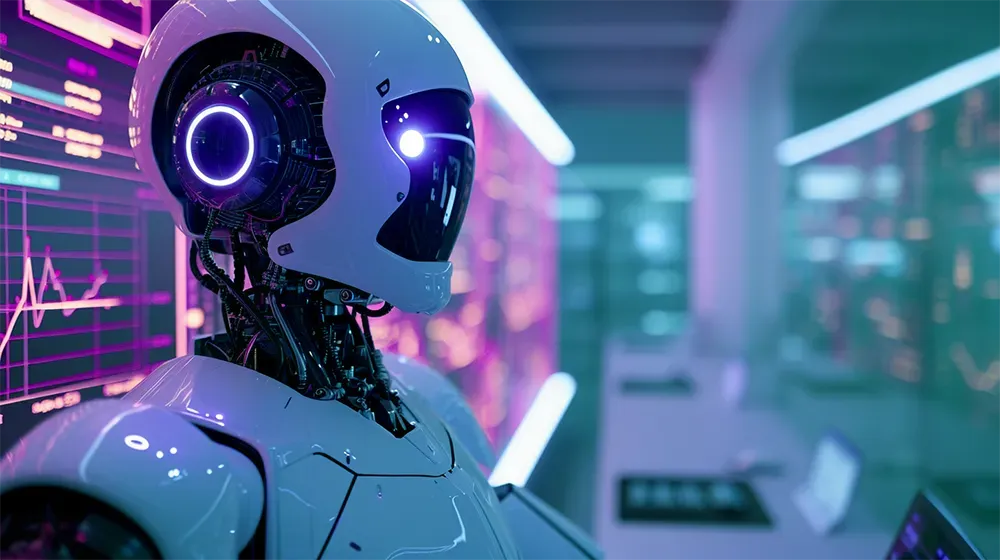
If these examples show one thing, it is that job displacements are a real thing. It might not look like AI is replacing many jobs, but we should not forget that we are on an exponential trajectory of job replacement.
As with any exponential trajectory, for a very long period, it seems as if nothing happens, and then suddenly, as we enter the second half of the chessboard, it changes everything.
The metaphor of the chessboard is inspired by the doubling nature of technological progress, symbolising a period where the pace of innovation reaches unprecedented heights. As technological advancements accelerate, integrating new technologies becomes a decisive factor in maintaining competitiveness.
Therefore, as AI becomes more advanced, more and more organisations will start incorporating AI and replacing human labour to remain competitive, suddenly catapulting society into the second half of the chessboard of job displacements.
More importantly, given the fact that we live in a capitalist society, I believe that no job will be saved from AI automation. Especially since employees themselves believe that AI can do a better job than humans:
A 2019 joint survey by Oracle and Future Workplace, which included over 8,000 employees from 10 countries, found that 82% of participants believed robots could outperform their managers in certain tasks. Moreover, 64% placed more trust in robots than in their human managers. Mind you, this was even before the launch of ChatGPT and all the other Large Language Models. What comes next is a bleak future if we forget to prepare.
The Extreme Societal Ramifications of Mass Job Displacements
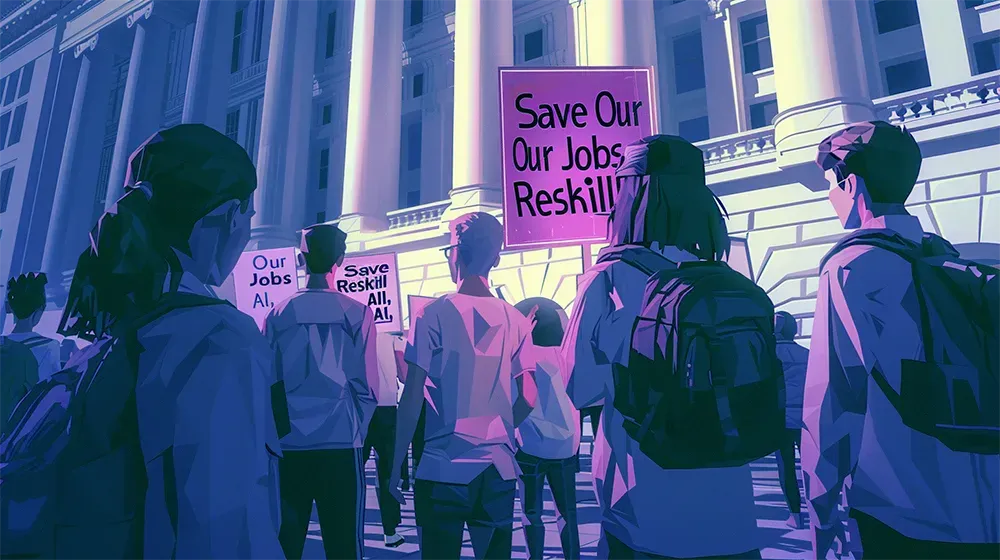
The extreme societal ramifications of massive job displacement due to AI and automation are profound and multifaceted, touching on society's economic, social, and psychological aspects.
As automation primarily affects middle-tier jobs, the job market could polarise further, accentuating the divide between low-skilled, low-paid jobs and high-skilled, high-paid positions (until AI will also displace these). This polarisation can exacerbate income inequality, leading to a concentration of wealth and power in the hands of those who control AI technologies and the capital to invest in them.
As intermediate roles diminish and even strategic positions begin to be affected, the societal fabric might undergo significant strain. With fewer opportunities for upward mobility, the traditional career ladder could collapse, leading to disillusionment with the conventional education-to-employment pathway. This shift may undermine the value placed on education and specialised training, historically seen as gateways to better opportunities and a higher quality of life.
Moreover, massive job displacement can strain social welfare systems, with more individuals potentially depending on government assistance for their livelihood. This increased burden on social services would require substantial public policy adjustments and potentially lead to increased taxation or reallocation of public funds, affecting various sectors of society.
The psychological impact of widespread job displacement should not be underestimated. Work provides many individuals structure, purpose, and a sense of identity. Losing this can lead to increased rates of stress, anxiety, and depression, impacting community well-being and increasing healthcare burdens.
On a broader scale, the erosion of job security and the fear of obsolescence might fuel societal unrest and erode trust in institutions, potentially leading to increased polarisation, populism, or resistance against technological progress. Communities that heavily rely on industries susceptible to automation could face decline or significant transformation, leading to cultural shifts and possibly migration patterns as people move in search of employment. If you think that the current rise in populism around the world is bad, it will be child’s play compared to a future where most jobs will be on the line.
Is There Nothing We Can Do?

Yes and No. We will not be able to stop innovation, and since we live in a capitalist society driven by the pursuit of shareholder value alone, it will be very difficult to stop AI and robots from taking over our jobs. However, with proactive, thoughtful, and inclusive policy-making, emphasising reskilling and education, fostering innovation in job creation, and ensuring equitable distribution of technology's benefits, we could potentially mitigate adverse outcomes and harness potential opportunities for societal advancement.
One country is leading this transition by example. Recently, the Singaporean government announced that all citizens 40 years and older will receive a grant to return to school and reskill themselves to prepare for the age of AI. This a great example of a forward-looking government that understands the need for lifelong learning and re-education.
I believe that all countries should adopt a similar approach and think hard about how AI will disrupt society to avoid a dystopian future where a tiny elite of Big Tech founders and shareholders will control society, or worse, the end of society as a result of FOMO and a pursuit of short-term shareholder value.
Conclusions: Adapt or Die
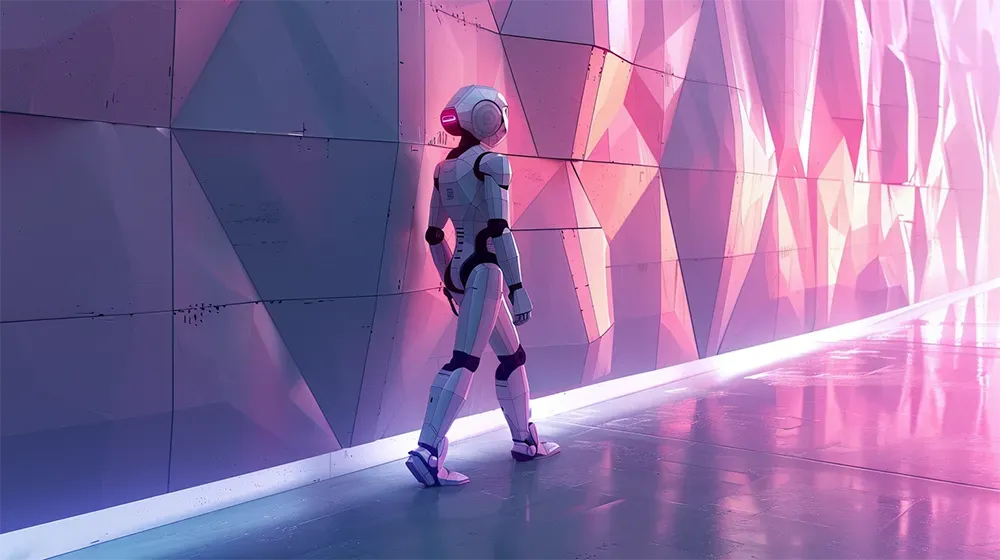
While some techno-optimists like JPMorgan Chase's Jamie Dimon see AI as a key to a utopian future with shorter workweeks and longer lifespans (and a vastly reduced headcount resulting in more profit = dividends), others are cautious, emphasising the challenges of integration and the ethical implications of AI deployment. Amidst this, executives like Thermo Fisher's Marc Casper emphasise the importance of aligning AI with human interaction to truly harness its potential.
Yet, as AI promises to reshape the job landscape, it also poses questions about job security and the evolving nature of work. AI's ultimate impact will hinge on how we balance its integration with human values and needs, pointing to a future where synergy between man and machine could unlock unprecedented possibilities. Will AI's ascent empower employees or edge them out?
As a result, at least for the coming years, there is a need for adaptability in the face of AI's transformative power in the workplace, requiring organisations and society to reflect on how they can balance AI's benefits with the potential risks to traditional job structures, societal disruptions and ask questions such as: how can we harmoniously integrate AI into our work environments, ensuring both productivity gains and job sustainability? In the long run, it is a different story, and we would need to fundamentally rethink how our society operates to prevent societal collapse.
I am sure that many will disagree with the above arguments and point to the historic low levels of employment around the world, but I believe we are merely experiencing a so-called ‘silence before the storm’, and from the 2030s onwards, we will see mass layoffs around the world as companies start integrating ever more advanced AI into all their processes as they struggle to survive. This leaves us six years to prepare for disruption, which means we have no time to lose!
Images: Midjourney



